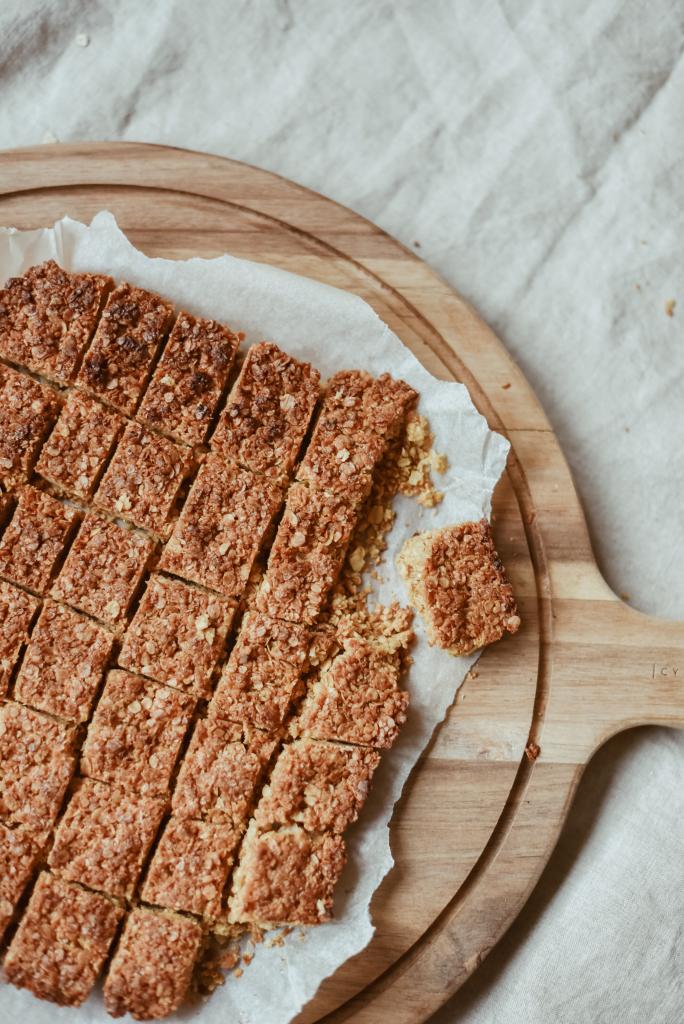
A Victoria sponge is a cake and a chocolate bar is not. No one would disagree with that proposition but, as a tax tribunal ruling showed, attempts to define the legal ingredients of a bona fide cake have proved perennially challenging.
The case concerned 36 products, described as ‘flapjacks’ on their packaging. There was no dispute that they were confectionary but their supplier asserted that they were also cakes, which are zero-rated for VAT. However, in raising a substantial VAT assessment against the supplier, HM Revenue and Customs took the view that they were simply confectionary and thus standard-rated.
Before ruling on the supplier’s challenge to the assessment, members of the First-tier Tribunal (FTT) tasted four of the products, which are low in sugar and calories but high in protein. They were originally targeted at the sports nutrition market but were said to have achieved wider popularity with health-conscious consumers.
The FTT noted that an archetypal cake is generally aerated during a baking process and contains flour and eggs. Most people would also expect a cake to be sweet and to be relatively high calorie, containing some form of fat. It was possible for a product to be a cake even in the absence of one or more of those features. However, there was a point at which a product departs so extensively from the characteristics of an archetypal cake that it cannot be considered a cake at all.
The most significant ingredients of the products in question were oats, syrup and protein. They contained only small amounts of flour, minimal amounts of fat and trace elements of egg. They were not baked and the FTT noted that most people would consider it highly unusual for a cake to contain so much protein. They were not aerated and had a dense, chewy consistency.
Average consumers would view the products as having some kind of physiological effect, like bulking of lean muscle or aiding recovery after exercise. By contrast, cakes that were eaten for celebratory reasons, or whilst sitting down for afternoon tea, would not be expected to have any such effect and would be likely to build additional fat rather than muscle. In dismissing the appeal, the FTT concluded that the products were confectionary, pure and simple, and therefore standard-rated.